About HABs
Algae are normal components of all aquatic environments, but can produce a “harmful algal bloom” or “HAB” when they bloom in significant numbers, lead to oxygen depletion or generate toxins. HABs can harm marine organisms and some also impact human health.
A good way to understand harmful algal blooms is to consider each term separately. Expand the selections below to learn about the three components needed to form a HAB.
Algae"Algae" (singular alga) is a catch-all term to describe what is actually a very diverse group of organisms — from single-celled, drifting phytoplankton to easily visible fronds of kelp that can stretch tens of meters upward from their attachment to the seafloor. Phytoplankton are the organisms most commonly implicated in harmful algal blooms. They also play a key role in aquatic environments as primary producers at the base of the food web, and produce almost half of Earth's oxygen. The phytoplankton most often implicated in HABs are the dinoflagellates, themselves an incredibly diverse group of organisms with more than 2,000 species in both marine and fresh waters. Dinoflagellates typically have two flagella — one whip-like structure for propulsion through water, and another skirt-like structure used to steer. They also possess a uniquely structured cell nucleus called a dinokaryon. The cell wall is made of cellulose, with gradations between thin-walled, "un-armored" forms and thick-walled, armored forms. The arrangement of the cellulose plates is important in telling different species apart. Many dinoflagellate species can produce toxins, one way they contribute to harmful algal blooms. Some dinoflagellate species also produce chemicals that generate light — one source of the "bioluminescence" sometimes observed in marine waters. A focus of HAB research at VIMS is development of molecular and genetic tools to accurately and quickly identify the species of dinoflagellates or other organisms responsible for a bloom. These tools will greatly aid in real-time monitoring and warning of algal bloom events, which now requires that scientists manually identify — from among a huge variety of mostly benign microorganisms—the algal species known to produce toxins. The most common bloom-forming dinoflagellates in Chesapeake Bay and nearby waters are Alexandrium monilatum, Chattonella subsalsa, and Cochlodinium polykrikoides. The dinoflagellates Dinophysis spp., Heterocapsa triquetra, Karlodinium veneficum, and Prorocentrum minimum also bloom in the Bay. Although blooms of Pseudo-nitzschia and related potentially toxic species have not yet been observed in the Bay, they are a group of emerging concern and a focus of HAB research at the Batten School & VIMS. |
HarmfulAlgal blooms can harm both marine organisms and human health. They do so by producing toxins, clogging fish gills or abrading tissues and other direct and indirect means. Dinoflagellate toxins are among the most potent biotoxins known. Dinoflagellates and other algae can release toxins directly into the water; toxins can also accumulate in shellfish or fish when these animals filter algal cells for food. People that eat these seafoods can succumb to a variety of illnesses such as paralytic shellfish poisoning or ciguatera. People can also be exposed to algal toxins via drinking water, salt spray and other vectors. These exposures can induce symptoms ranging from minor skin irritations to intestinal sickness, respiratory failure and even death. However, not all algal species produce toxins, and those capable of toxin production do so only under certain conditions. Moreover, a single algal species can generate more than one kind of toxin, while the same toxin can be produced by multiple species. The level of toxicity also depends on a toxin’s chemical composition, which itself can vary widely. |
BloomsAlgae are normal components of all aquatic environments, and typically only become a cause for concern when toxin-producing species proliferate to form a dense aggregation or bloom. Scientists measure algal density in terms of cells per milliliter. Background algal densities are typically measured in tens of cells per "mil," while during a bloom densities can exceed hundreds of thousands of cells per mil. Algal blooms are common in lower Chesapeake Bay and many other estuaries and coastal waters during spring and summer. Algae respond to the same conditions that encourage plant growth on land, and thus are most likely to form blooms when waters are sunlit, warm and nutrient rich. Excess nutrients from human activities are one of the biggest challenges facing coastal waters worldwide. 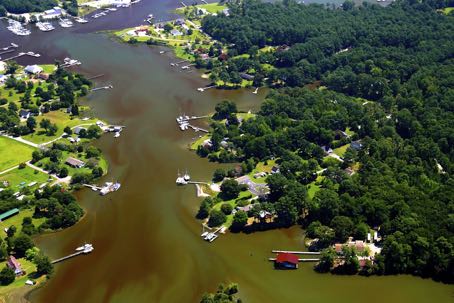
A major goal of HAB research at the Batten School & VIMS is to determine the combination of physical and biologic factors that has led to the recent worldwide increase in the number, duration and severity of harmful algal blooms. These factors are thought to include warming water temperatures, greater availability of nitrogen and other nutrients and increased stratification of the water column. A better understanding of bloom-friendly factors is paramount for future healthy use of the coastal zone, as water temperatures and nutrient levels are likely to increase even further in coming decades with continued global warming and humanity's growing use of nitrogen fertilizers to support a burgeoning population. |


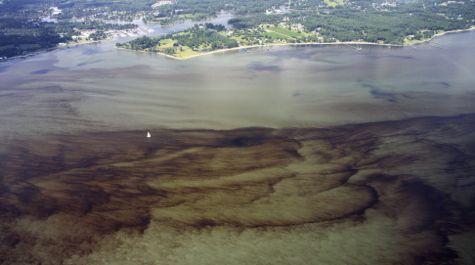
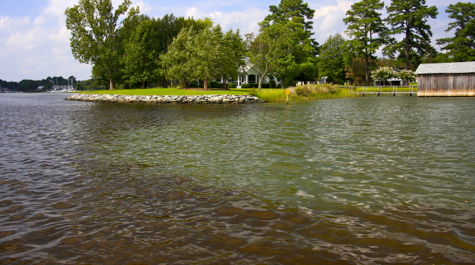
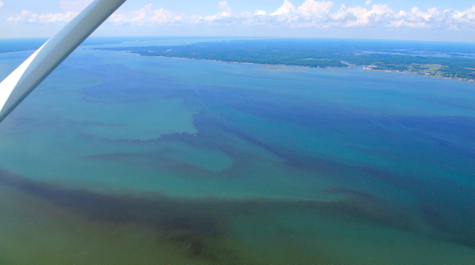
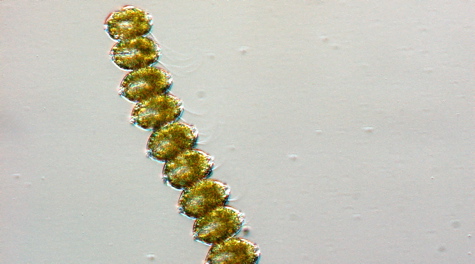

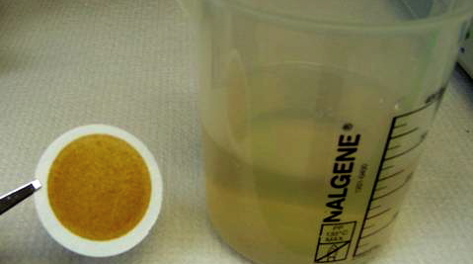
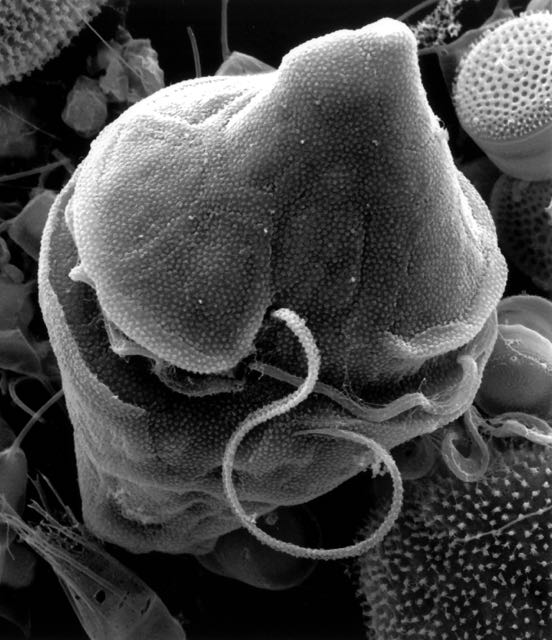 A
A